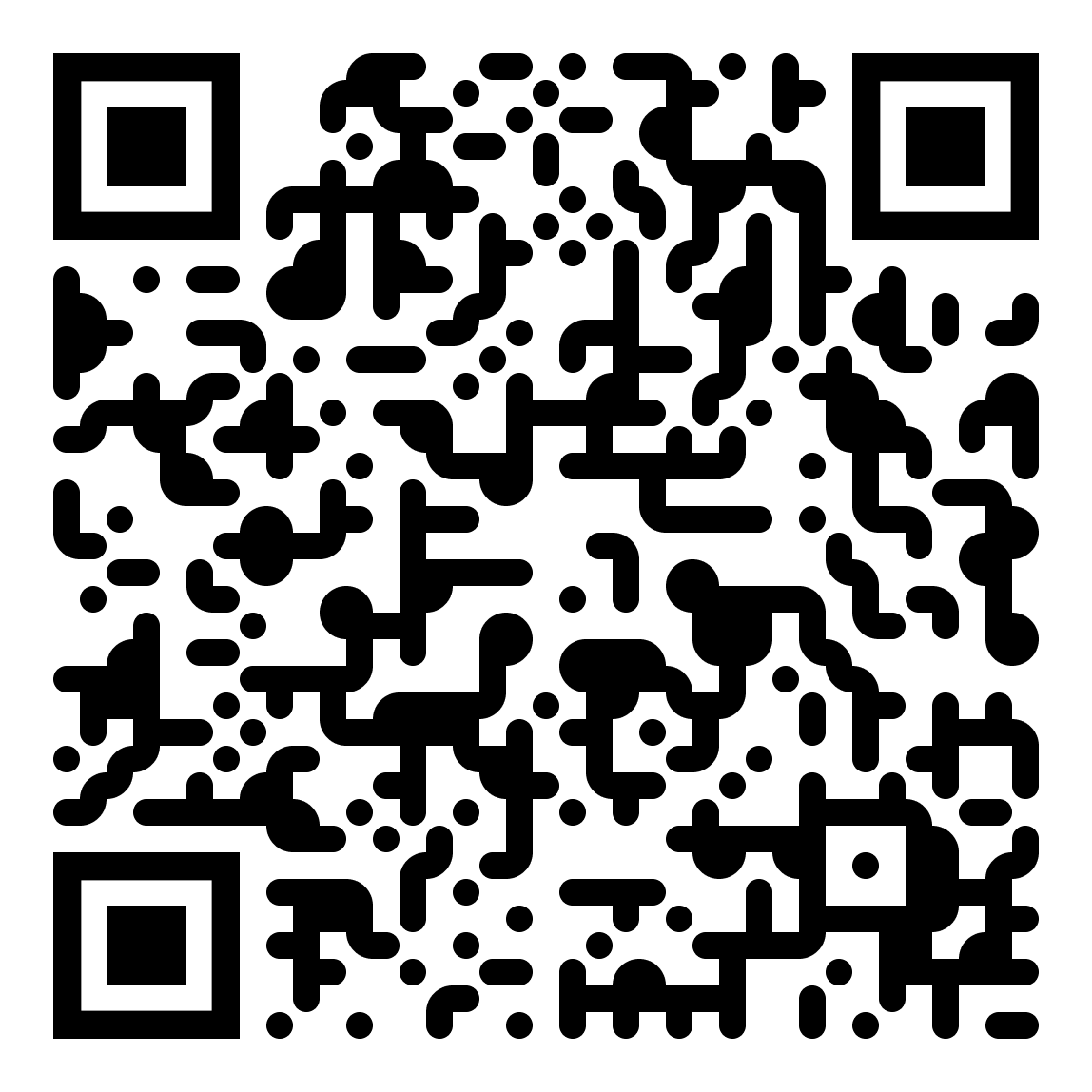I’m eager to take on a fascinating tour into the diverse world of design patterns. If you’re anything like me, you’ve definitely come across these unique workarounds while shaping the digital environments that we use on a regular basis. Design patterns are like the greatest chefs’ go-to recipes; they are tried-and-true techniques that have been improved through generations and are now became essential components of our development toolset.
What are Design Patterns and Why Do We Need Them?
In the world of software engineering, design patterns are tried-and-true solutions to reoccurring problems experienced during the development process. They are the result of years of trial and error and creative problem-solving. Let’s Imagine them a compass leading us through the jungle of complexity that modern applications could evolve into.
Patterns in design are quite important. Consider this scenario: you’re working on a web application when you come across a problem that seems weirdly familiar – something you’ve dealt with previously. Design patterns save the day by offering a template to follow. By implementing these principles, we assure consistency, maintainability, and scalability in our software as our projects expand and change.
An Overview of the Pattern Universe
Let’s take a short look at some of the core design patterns that have formed the software development landscape:
Singleton Pattern: The Lone Wolf of Instances
Consider the following scenario: you own a very exclusive club and only want one VIP member. This is when the Singleton pattern comes into play. It assures that a class only has one instance, similar to the one and only ticket to your VIP event. It’s ideal for controlling a unique resource that everyone wants to share, but there’s only place for one at the top.
Factory Method Pattern: The Ultimate Magic Factory
Assume you’re a magician with a variety of magic tricks at your disposal. The Factory Method pattern is similar to your magic factory in that it generates items without you having to explain the secret behind each trick. You have the ability to create various things using the same enchanting procedure. It’s like having the ability to generate rabbits, flowers, and greeting cards with the sweep of your wand!
Observer Pattern: Spreading the News Everywhere
Have you ever wished you could get real-time updates on everything that matters to you? It is made feasible by the Observer pattern. It’s similar to a news subscription that alerts you anytime there’s a good scoop. When anything changes, all subscribers are notified, ensuring that everyone is kept up to date. It’s the best way to remain connected without having to continually check for updates.
Strategy Pattern: Dressing Up for Different Roles
Consider your program to be a wardrobe, with each circumstance representing a different dress code. The Strategy pattern acts as your fashion adviser, assisting you in selecting the appropriate attire for each occasion. You have a wardrobe full of algorithms that you can swap out based on your needs. It’s similar to being able to wear your business suit to meetings and still wearing your casual clothing to hang out.
Decorating Pattern: Adding Zing with Toppings
Have you ever placed an order for an ordinary pizza and thought, “This needs something extra!” Topping your pizza with the Decorator design is like adding scrumptious ingredients. Without altering the object’s basis, you may change an object’s taste. By adding unique accessories, it’s like giving your stuff a fashionable makeover. Your software has just become much more tasty and enticing!
Adapter Pattern: Connecting Diverse Worlds
Think of a jigsaw piece that nearly fits, but doesn’t quite. The Adapter pattern is comparable to the expert puzzle maker who makes a piece to make everything fit together flawlessly. It facilitates the seamless interaction of objects with various interfaces. The Adapter pattern provides easy communication between incompatible areas of your code, just way a trip adapter makes your electronics compatible with outlets throughout the world.
These patterns each have a unique and intriguing way of tackling problems, making them the coding equivalent of super heroes. You may enhance your projects’ structure, efficacy, and element of surprise by adding them to your development toolkit. So go ahead and sprinkle some design pattern magic into your coding projects!





